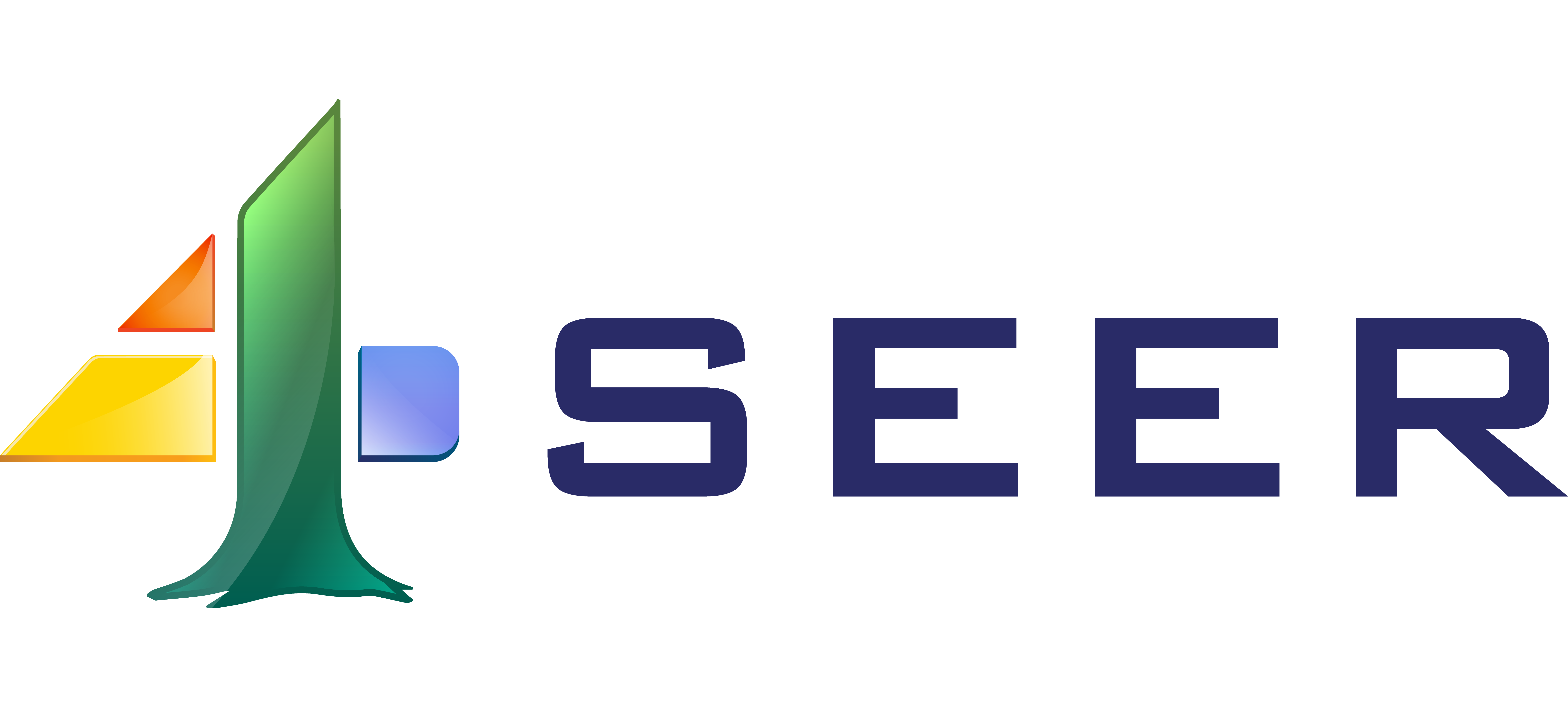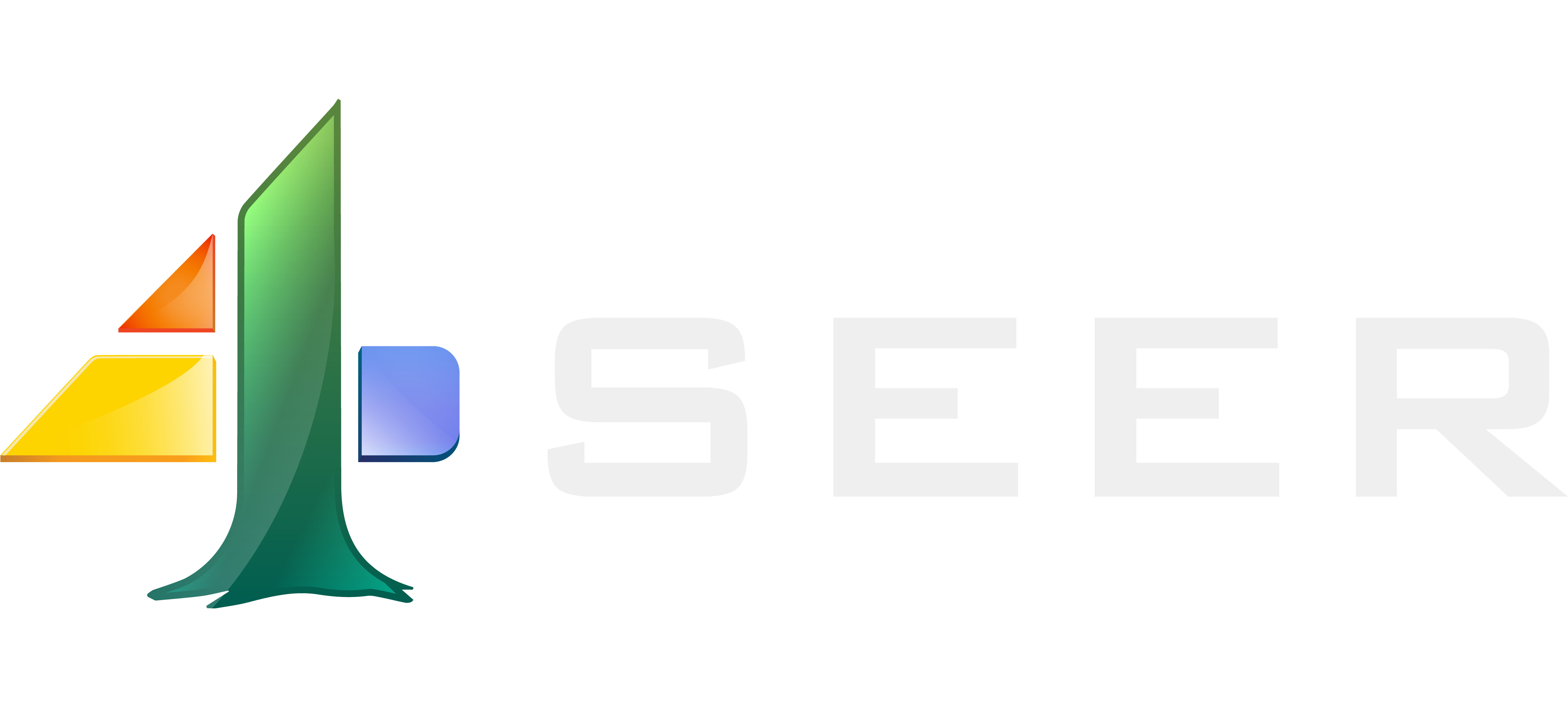Artificial Intelligence (AI) has become a buzzword in many industries and is rapidly changing the way we live and work. The education sector is no exception, as AI has the potential to significantly impact the way we learn and teach. AI has the ability to personalize learning experiences, automate repetitive tasks, and provide real-time feedback to students. This technology can also help teachers to monitor student progress and identify areas that need improvement, ultimately leading to better learning outcomes.
However, with the rise of AI solutions for education, it’s crucial to understand its limitations and maximize its potential to achieve the best outcomes. AI is still in its early stages of development, and while it holds much promise, there are also concerns about bias, ethics, and the potential for it to replace human teachers. To realize the full potential of AI in education, it’s important to approach it with a critical and informed perspective.
This blog aims to provide a comprehensive overview of AI solutions for education and its potential impact, exploring both its benefits and limitations. The thesis statement for this blog is: AI solutions have the potential to revolutionize education, but it’s crucial to understand their limitations and maximize their potential to achieve the best outcomes. By understanding the capabilities and limitations of AI, we can ensure that this technology is used in a responsible and effective manner to enhance, rather than replace, the role of human teachers in the classroom.
Understanding AI in Education
Artificial Intelligence (AI) in education refers to the use of machine learning algorithms, natural language processing, and other AI technologies to enhance and support the learning and teaching process. AI in education can help to personalize learning experiences, provide real-time feedback, and automate repetitive tasks, freeing up time for teachers to focus on more high-level tasks.
There are several types of AI applications in education, including:
Personalized learning: AI can analyze student performance data to identify areas of strength and weakness and provide personalized learning experiences based on each student’s needs.
Automated grading and feedback: AI can grade written assignments, multiple-choice quizzes, and other types of assessments, freeing up time for teachers and providing immediate feedback to students.
Adaptive testing: AI can create adaptive tests that adapt to the student’s knowledge level, providing a personalized assessment experience.
Student engagement analysis: AI can monitor student engagement levels in real-time and provide teachers with insights into student behavior and attention patterns.
Virtual tutors and assistants: AI-powered virtual tutors and assistants can provide personalized support and feedback to students, supplementing the role of human teachers.
The potential benefits of AI solutions for education are numerous. AI can provide a more personalized learning experience, freeing up time for teachers to focus on high-level tasks, and provide real-time feedback to students. AI can also help to reduce the workload for teachers, improve student engagement, and enhance the overall learning experience. By leveraging AI in education, we can help to improve student outcomes and prepare students for the future.
However, it’s important to approach AI in education with caution, understanding its limitations and ensuring that it’s used in a responsible and ethical manner. The next section of this blog will explore the limitations of AI in education.
Limitations of AI in Education
While AI holds much promise for education, there are also several limitations and ethical concerns that must be considered. Some of the key limitations of AI in education include:
Ethical concerns: AI raises several ethical concerns, such as privacy, data security, and algorithmic bias. As AI collects and processes vast amounts of student data, it’s important to ensure that this data is kept secure and that student privacy is protected.
Bias and discrimination in AI algorithms: AI algorithms are only as good as the data they are trained on. If the data used to train these algorithms is biased, the algorithms will be biased as well. This can result in discrimination against certain groups of students and limit the potential of AI to provide personalized learning experiences.
Limitations of AI in personalizing learning experiences: AI has the potential to provide personalized learning experiences, but it’s still in its early stages of development. AI algorithms can be limited by the quality and quantity of data available, and they may not be able to provide a fully personalized experience for each student. Human teachers are still needed to understand and interpret the data generated by AI and to provide personalized support and feedback to students.
While AI has the potential to revolutionize education, it’s important to understand its limitations and to ensure that it’s used in a responsible and ethical manner. In the next section of this blog, we will explore ways to maximize the potential of AI in education.
Maximizing Potential with AI Solutions for Education
To realize the full potential of AI in education, it’s important to approach it with a critical and informed perspective and to follow best practices for using AI in the classroom. Some of the best practices for using AI in education include:
Ensuring ethical and responsible use of AI: AI should be used in a responsible and ethical manner, ensuring that student data is kept secure and that student privacy is protected. It’s also important to ensure that AI algorithms are not biased and do not discriminate against certain groups of students.
Involving human teachers in the implementation of AI solutions: Human teachers play a critical role in the implementation of AI solutions in education. They can provide valuable insights into student needs and can help to ensure that AI solutions are used in a way that enhances, rather than replaces, human teaching.
Integrating AI solutions in a way that enhances, rather than replaces, human teaching: AI solutions should be used in a way that enhances, rather than replaces, the role of human teachers in the classroom. AI can provide valuable support and insights to teachers, but it cannot replace the human connection and personal touch that teachers bring to the classroom.
AI has the potential to revolutionize education and provide a more personalized learning experience for students. However, it’s important to understand its limitations and to use AI in a responsible and ethical manner. By following best practices and involving human teachers in the implementation of AI solutions, we can maximize the potential of AI in education and ensure that this technology is used in a way that enhances, rather than replaces, human teaching.
Case Studies: AI in Education
To gain a better understanding of how AI is being used in education and the impact it is having on student outcomes, it’s helpful to look at real-world examples of successful AI-powered education solutions. Here are a few case studies that showcase the potential of AI in education:
Knewton: Knewton is an AI-powered learning platform that provides personalized study plans for students. Using data from past student performance, Knewton is able to provide customized recommendations for each student and adjust their study plan in real-time as they progress. This has been shown to improve student outcomes and increase engagement in the learning process.
Carnegie Learning: Carnegie Learning is a leading provider of AI-powered math education solutions. Their AI-powered tutor system provides students with personalized feedback and guidance, helping them to improve their math skills and achieve better results.
ALEKS: ALEKS (Assessment and Learning in Knowledge Spaces) is an AI-powered learning system that provides personalized learning experiences for students. Using data on student performance, ALEKS is able to identify areas of strength and weakness and provide targeted instruction to help students improve.
These case studies provide compelling evidence of the potential of AI in education to provide a more personalized and effective learning experience for students. By using data and AI algorithms to understand student needs and provide targeted instruction, these solutions are able to improve student outcomes and increase engagement in the learning process.
Conclusion
AI has the potential to revolutionize education and provide a more personalized and effective learning experience for students. However, it’s important to understand the limitations of AI, including ethical concerns and the limitations of AI in personalizing learning experiences, and to approach its implementation with a critical and informed perspective.
To maximize the potential of AI solutions for education, it’s important to follow best practices, involve human teachers in the implementation of AI solutions, and integrate AI in a way that enhances, rather than replaces, human teaching. Real-world case studies provide compelling evidence of the potential of AI in education, and by analyzing the impact of AI on student outcomes, we can gain a better understanding of how it can be used to improve education for all learners.
In terms of future research and development, it’s important to continue to explore the potential of AI in education and to develop new and innovative AI solutions that can help to improve the learning experience for students. Additionally, further research is needed to address the limitations of AI and to ensure that it is used in a responsible and ethical manner.


